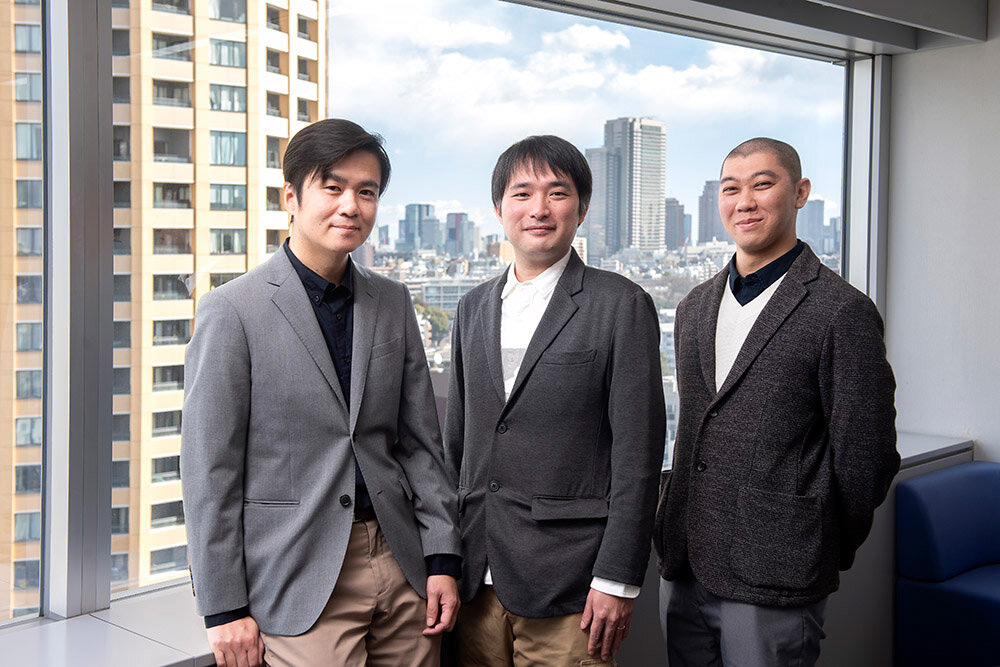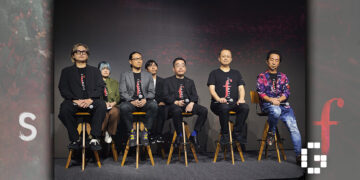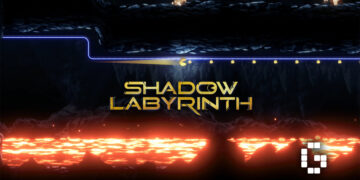Monolith Soft has revealed how procedural asset generation technology significantly reduced development time for Xenoblade Chronicles 3’s expansive world, allowing the team to focus resources on core gameplay elements rather than manual asset placement.
In a recent interview with Japanese publication CG World, three key developers from the studio shared insights into their adoption of procedural generation tools, particularly software like Houdini, which helped tackle the growing complexity of creating the series’ trademark vast open worlds.

Map model designer Yoichi Akizuki explained that the studio faced mounting challenges as asset requirements grew exponentially with each Xenoblade title. While earlier games required manually creating 1,000 to 2,000 assets, Xenoblade Chronicles 3 demanded approximately 100,000 assets—a scale impossible to achieve through traditional manual methods.
“The main reason for the introduction [of procedural asset generation] was to cope with the increasing volume of assets required for games,” Akizuki stated. “The conventional method had limitations in terms of cost and schedule.”
Monolith Soft developers have revealed how procedural generation technology dramatically streamlined Xenoblade Chronicles 3’s development process. Facing the challenge of creating 100,000 assets compared to previous games’ 1,000-2,000, the team implemented tools like Houdini to automate asset placement and collision detection.
Procedural asset generation allows developers to create base 3D models and textures with defined parameters, which software then uses to automatically generate numerous variations following the established guidelines. This differs from generative AI as it applies algorithms to developer-created base assets rather than pulling from external sources.
The technology proved particularly valuable for asset placement and collision detection systems. Akizuki noted that the team automated 70% of collision processing using procedural techniques while reserving the remaining 30% for manual fine-tuning, resulting in substantial time savings.
Programmer Takashi Shibahara highlighted another key advantage: the technology enables technical artists and designers to make world adjustments directly without requiring programmer intervention. This freed up programming resources for environmental improvements, creating what he described as a “win-win situation.”
Support engineer Mitsuhiro Hirose revealed that Monolith’s R&D team continues exploring procedural generation applications, including cityscape creation where designers can place basic shapes and automatically generate complete buildings with appropriate floor counts and modular construction.













![[EXCLUSIVE] Creative Masterminds from Gearbox Software Reveal What Makes Borderlands 4 Worth the Wait](https://cdn.gamerbraves.com/2025/07/Borderlands-4-at-Bilibili-World-2025_Interview_FI-360x180.jpg)




![[ASIA EXCLUSIVE] Bringing Back a Classic: Inside the Making of FINAL FANTASY TACTICS – The Ivalice Chronicles](https://cdn.gamerbraves.com/2025/06/FFT-Ivalice-Chronicles_Interview_FI2-360x180.jpg)



![[EXCLUSIVE] Honor of Kings Goes Global: Interview with James Yang on International Esports Expansion](https://cdn.gamerbraves.com/2025/08/James-Yang-Exclusive_Interview_FI-350x250.jpg)





